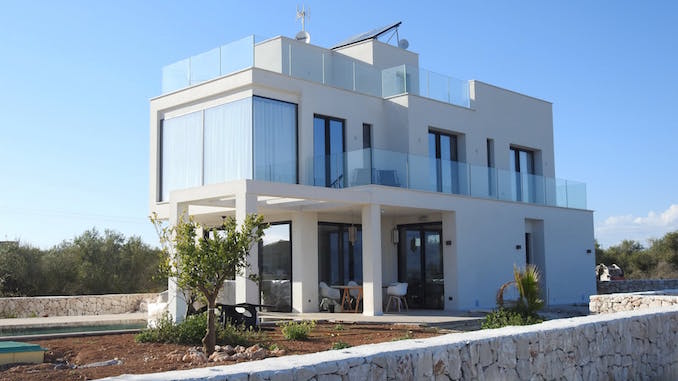If you’ve been on the hunt for the perfect abode and have consistently come up short, you’re not alone. An increasing amount of Australians are deciding to build instead of buy, and it’s not difficult to see why. If you’re uncertain of what steps you’ll need to take to get the ball rolling, we’ve compiled a small list on what to consider when building your first house.
Location, Location, Location
This is always first and foremost. Given the current drop in dwelling values, investing in inner city properties across the east coast is becoming riskier than investing in new developments. New house and land packages in Sydney are looking more and more attractive for first-home buyers and builders, as they are guaranteed to evolve into fresh, new neighbourhoods, perfect for young professionals, as well as parents with school-aged children. The location of your future home will not only influence who your neighbours will be, but also the value of your property, if you ever decide to sell.
Landscaping & Orientation
This one is more for the outdoorsy folk, but there’s still a lot for everybody to consider here. Choosing a plot that’s perfect for you involves being aware of how much yard space you’d like, and what you see yourself doing with this space. If you don’t have a green thumb then native plants, and other drought-tolerant plants, can provide quick and easy environmentally-friendly, longer-lasting gardens that require little to no maintenance. Orientation is vital for those who are also thinking of investing in solar energy. The placement of solar panels on new properties is always a lot simpler, purely because you can be proactive and make sure your solar set-up will be as viable as possible. You will also be saving a tidy sum on energy bills in the long run.
Build for the future
It goes without saying that most first-home buyers look for properties that are an ideal size for their current situation, without fully considering if their needs will change twenty years down the line, which they most likely will. The reason why a lot of us don’t think ahead is mostly because we believe ‘upsizing’ is costly. But building from scratch can potentially be less costly and more hassle-free than renovating in the future. Renovations can be lengthy and intrusive, and sometimes also impossible, due to structural issues. It’s ideal to build your home with space enough for you to grow into, or at least plan your layout carefully if you’re determined to renovate in the future.
Materials
This is where it starts to get exciting. Pick and choose the building blocks of your own domain, like you’re crafting your very own Lego creation. Yet there are still a multitude of things to consider here, cost-effectiveness and aesthetics only being the very beginning. Prioritise waste minimisation and sustainably-sourced materials with a low environmental impact. Lightweight steel and timber framing are Australia’s more popular choice when it comes to a low-cost structure that will also be resistant to the elements in the long-term. Thermal insulation is also essential and should be handled carefully. Concrete is perfect in moderation for keeping a house cool, but can cause much discomfort in the winter season when used in excess. This is why mud brick and other materials like construction aggregate, are making a comeback in the materials industry. In essence, use the national resources we possess to craft an Aussie home that’s built to last in our unique environmental landscape and climate.
Of course, building your own home does take a little dedication, but it will feel a lot simpler when you’ve got a game plan, and a good team behind you. Besides, why wouldn’t you want creative control over the layout of your own property? Not to mention the potential savings that reside in not having to pay added stamp duty when you do enter the property market. Put your money to better use and invest in not just a house, but a home.

